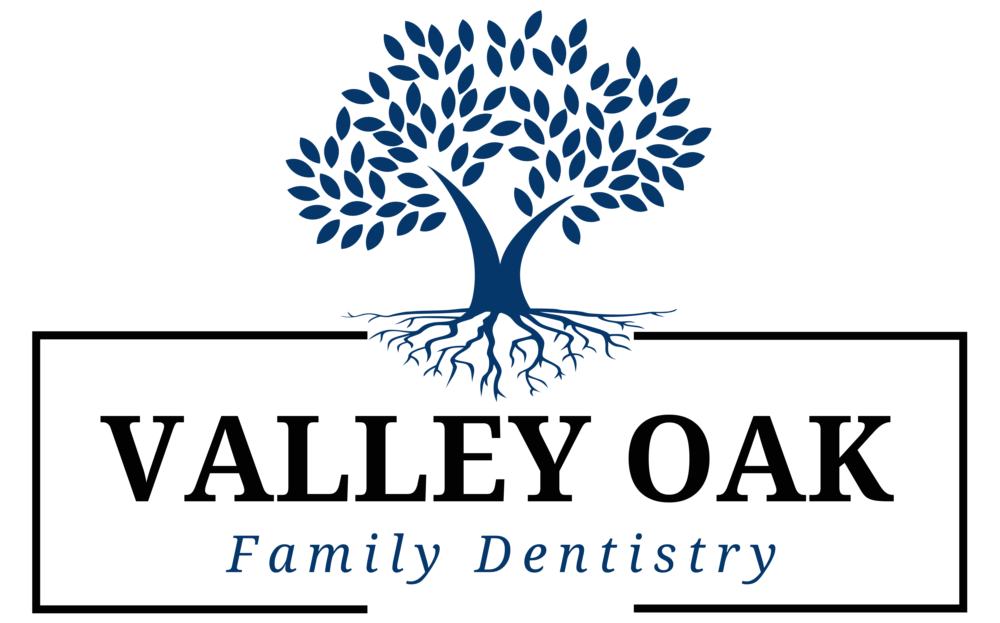Tooth Extraction
At Valley Oak Family Dentistry, tooth extraction is a carefully performed procedure carried out with precision, compassion, and patient comfort in mind. While our primary focus is on preserving natural teeth, there are instances where tooth extraction becomes a necessary step for the overall well-being of your oral health.
Indications for Tooth Extraction:
- Severe Decay or Damage:
- When a tooth is extensively decayed or damaged, and restorative measures such as fillings or crowns are no longer viable, extraction may be recommended.
- Advanced Periodontal Disease:
- In cases of severe gum disease where teeth have become loose and compromise overall oral health, extraction may be necessary to prevent the spread of infection.
- Impacted Wisdom Teeth:
- Wisdom teeth, or third molars, can become impacted (unable to fully emerge) and lead to pain, infection, or damage to adjacent teeth, necessitating extraction.
- Orthodontic Treatment:
- In some orthodontic cases, tooth extraction may be recommended to create space or address crowding issues for effective teeth alignment.
- Failed Root Canal Treatment:
- If a tooth has had unsuccessful root canal treatment or experiences a recurrent infection, extraction might be considered to prevent further complications.
- Preparation for Dentures or Implants:
- Extraction may be part of the treatment plan when preparing for dentures, dental implants, or other restorative procedures.
The Tooth Extraction Process:
- Consultation and Examination:
- Before the extraction, a thorough examination, including X-rays, is conducted to assess the tooth’s condition and surrounding structures. Your dentist will discuss the reasons for extraction and answer any questions you may have.
- Anesthesia and Numbing:
- Local anesthesia is administered to ensure the area around the tooth is completely numb. For more complex extractions or if multiple teeth are being removed, additional sedation options may be discussed for patient comfort.
- Tooth Extraction:
- Using specialized instruments, the dentist gently loosens the tooth within the socket and carefully removes it. The extraction process is performed with minimal trauma to the surrounding tissues.
- Post-Extraction Care:
- After extraction, gauze is placed over the extraction site to control bleeding. Your dentist provides post-operative care instructions, including information on managing discomfort, avoiding certain foods, and proper oral hygiene during the healing process.
- Follow-Up:
- A follow-up appointment may be scheduled to monitor healing and address any concerns. If necessary, discussions about tooth replacement options can be explored.
Patient Comfort and Care:
At Valley Oak Family Dentistry, patient comfort is paramount. Our team is dedicated to ensuring a supportive environment during the extraction process, and post-operative care is tailored to minimize discomfort and promote a smooth recovery. If tooth extraction is recommended as part of your treatment plan, you can trust our experienced professionals to guide you through the process with compassion and expertise, focusing on your overall oral health and well-being.

